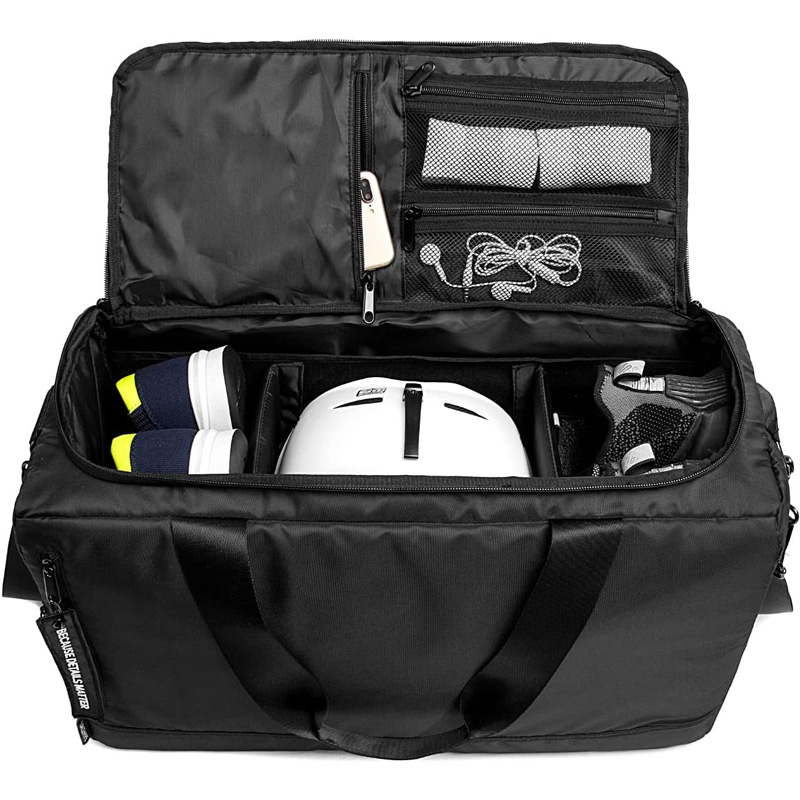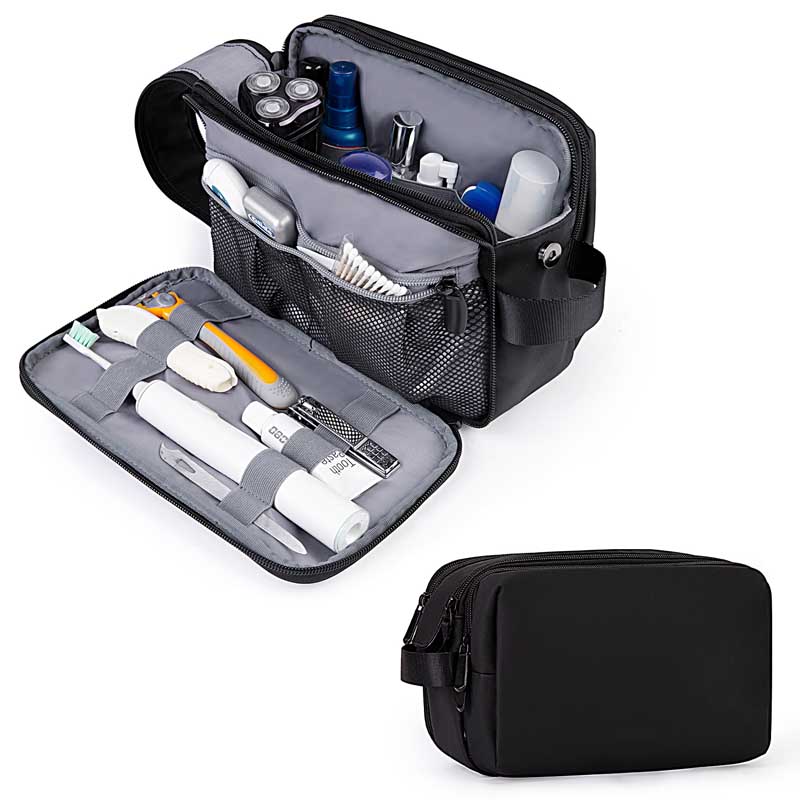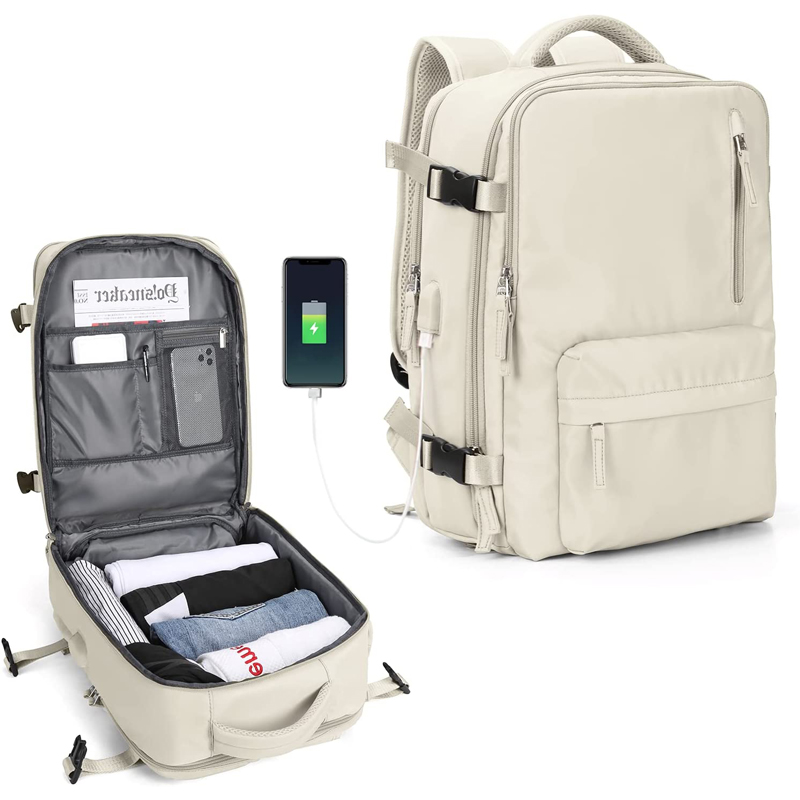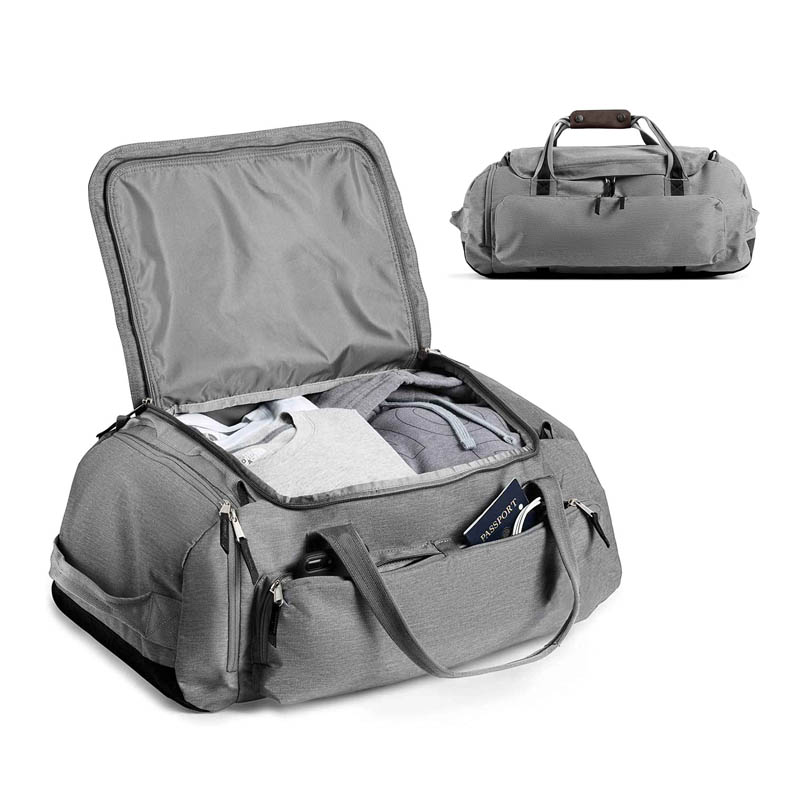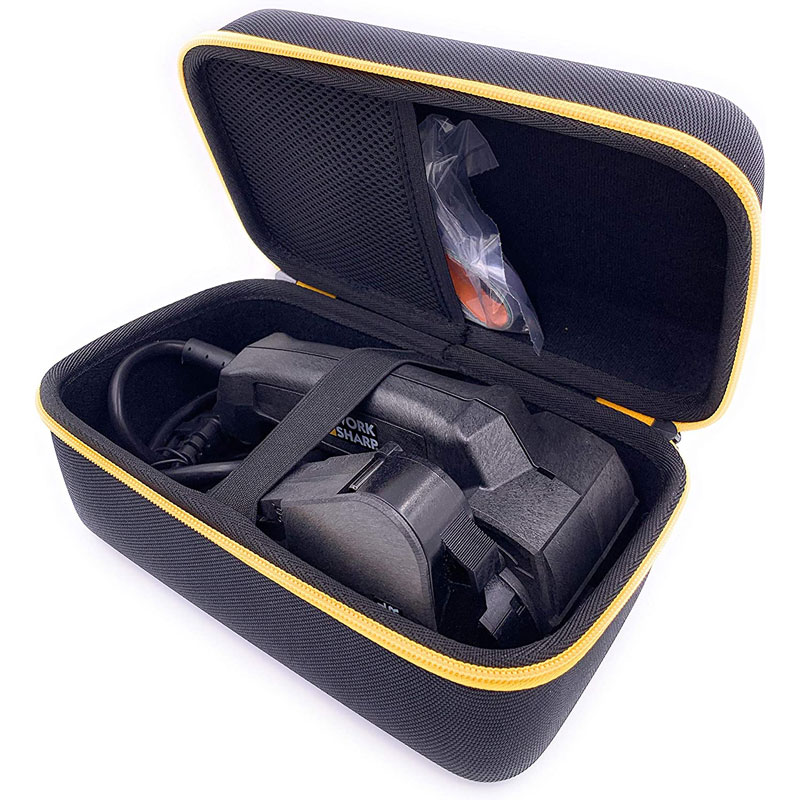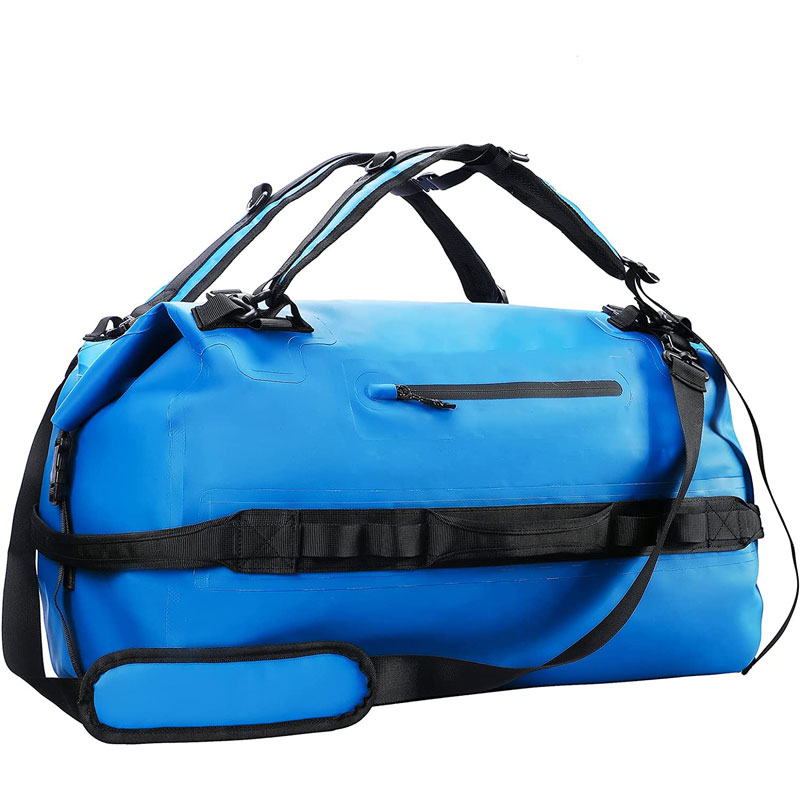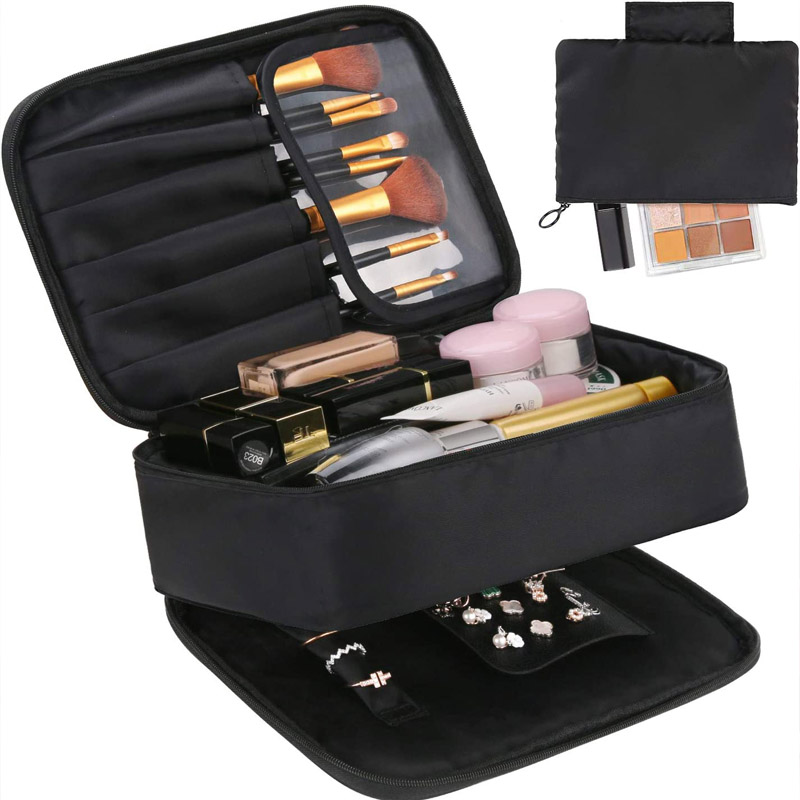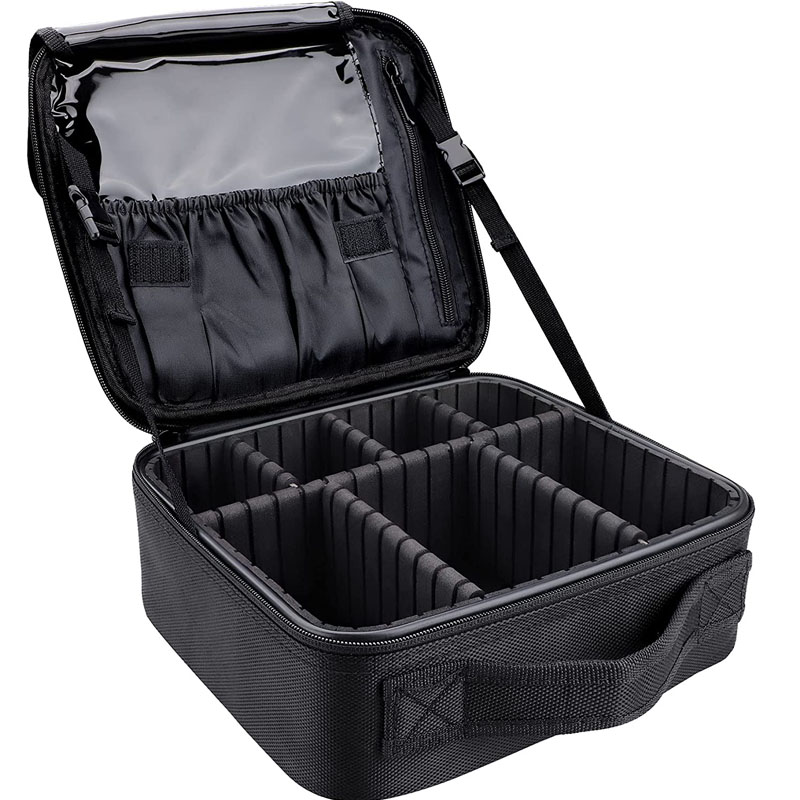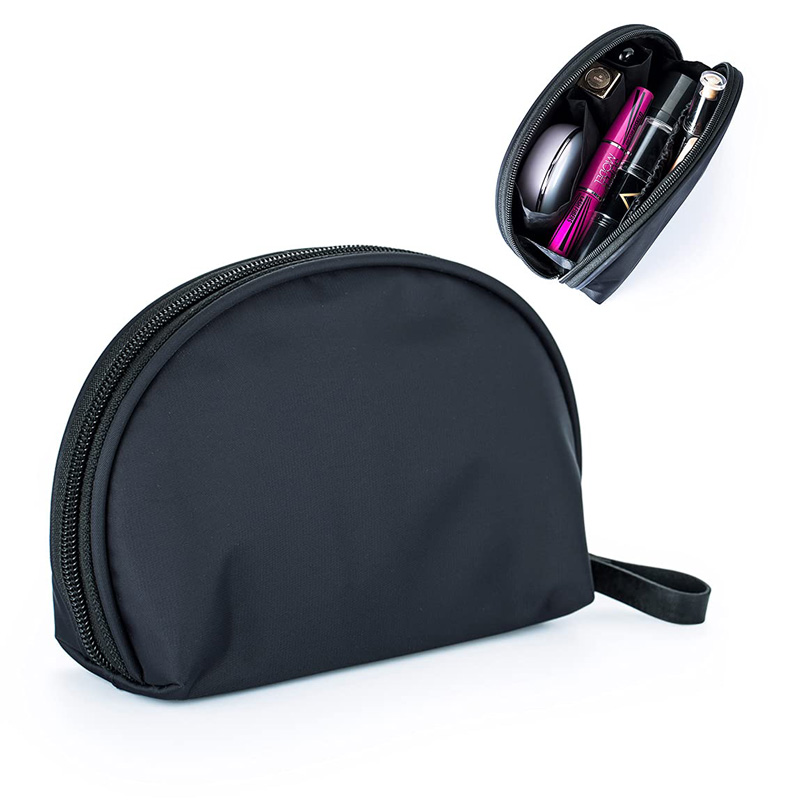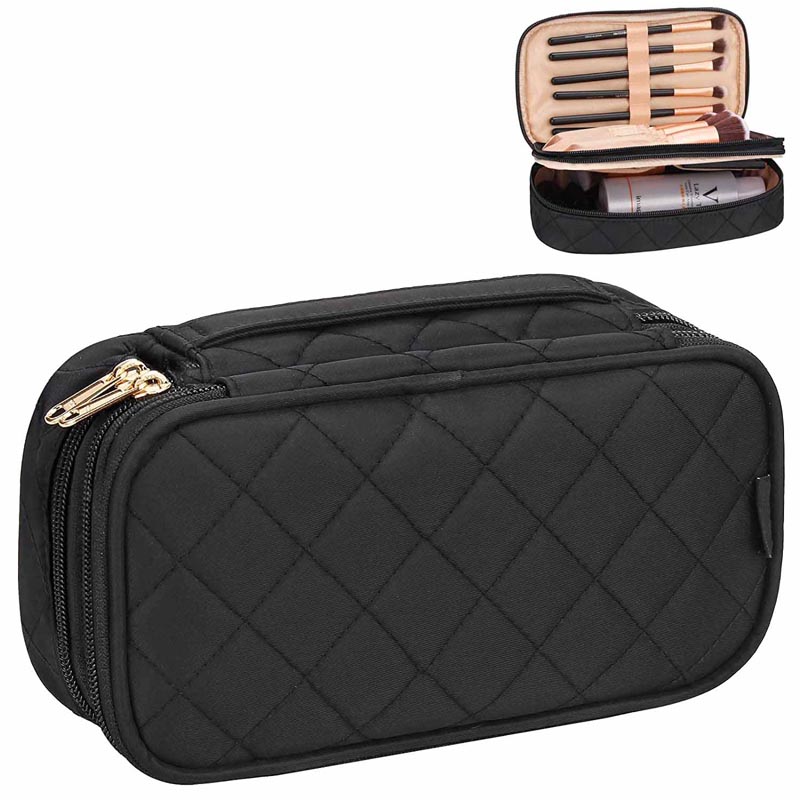There are many production processes for luggage, and currently manual processing is still the main method. A package needs to go through multiple processes from raw materials to finished products, including design, material selection, sample preparation, mold making, sewing, and other processes, ranging from 30 to 40 processes to 70 to 80 processes. Each process is closely linked, and the quality of the entire package will be affected if a problem occurs in one process.
1. Style design. The first step in making a bag is style design. Design is a discipline that requires attention to details such as material selection, color matching, and appearance design, as well as in-depth and detailed analysis of the actual needs of customers.
2. Paper outlet tray. After determining the style, the master of the printing room will make a plate based on the designer's renderings. This process is called "paper grid", which means using the paper grid as a material to design the shapes of the components, with detailed instructions for use marked on the top. To make a bag, you need to draw a paper grid to make a sample bag
3. Make a sample bag. Once you have the paper grid, you can start making sample bags. Of course, whether the paper grid is standard determines whether the sample package can achieve the original design intent. Generally speaking, there are two purposes for making a sample package. The first is to confirm whether there are errors in the paper grid to prevent serious deviations in bulk production. The second purpose is to test the material and version type to see whether the actual effect conforms to the original design.
4. Material preparation and cutting. Once the sample package is confirmed to be OK, the factory will arrange a mass production plan. At this time, it is necessary to purchase raw materials and make knife molds. As the purchased raw materials are all whole batches of rolled fabrics, it is necessary to open a knife mold and then cut and stack them separately.
5. Sewing molding. Sewing refers to sewing pieces into the complete shape of a bag. It is the most critical process and takes the longest time. However, strictly speaking, sewing is not just a process, it consists of multiple processes, including sewing the front panel, sewing the middle apron, sewing the back panel, sewing the lining, wearing shoulder straps, knotting, and sewing the wrap together. Sewing is a key process
6. Quality inspection packaging. Generally, during the packaging process, the entire package will undergo quality inspection, and unqualified products will be returned to the previous process for rework. Qualified products shall be separately protected against dust, and the entire packaging box shall be packed according to the quantity required by the customer.
